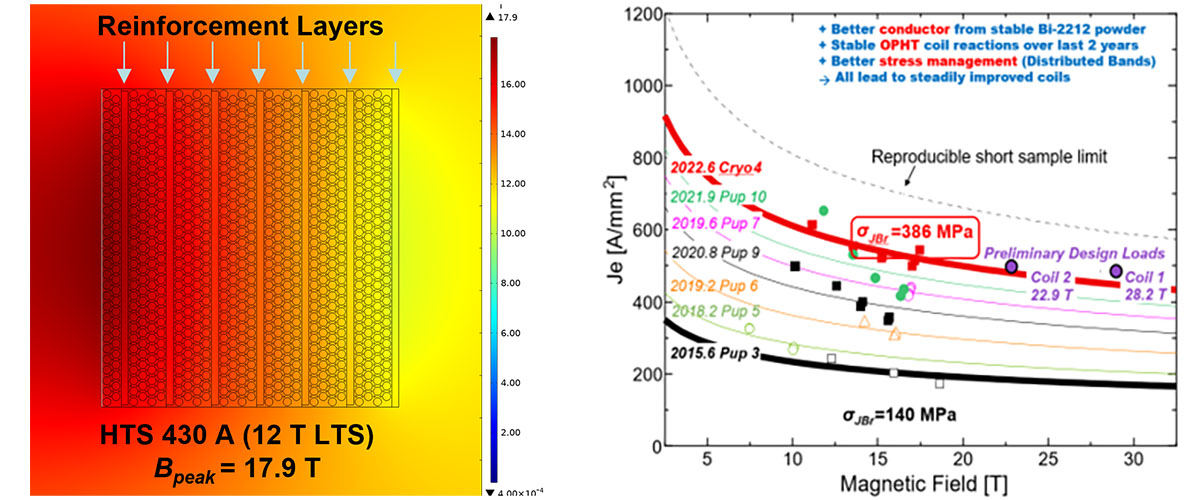
March 27, 2024
High temperature superconducting magnets offer tremendous potential for technological advancements and scientific discoveries, making them essential i…
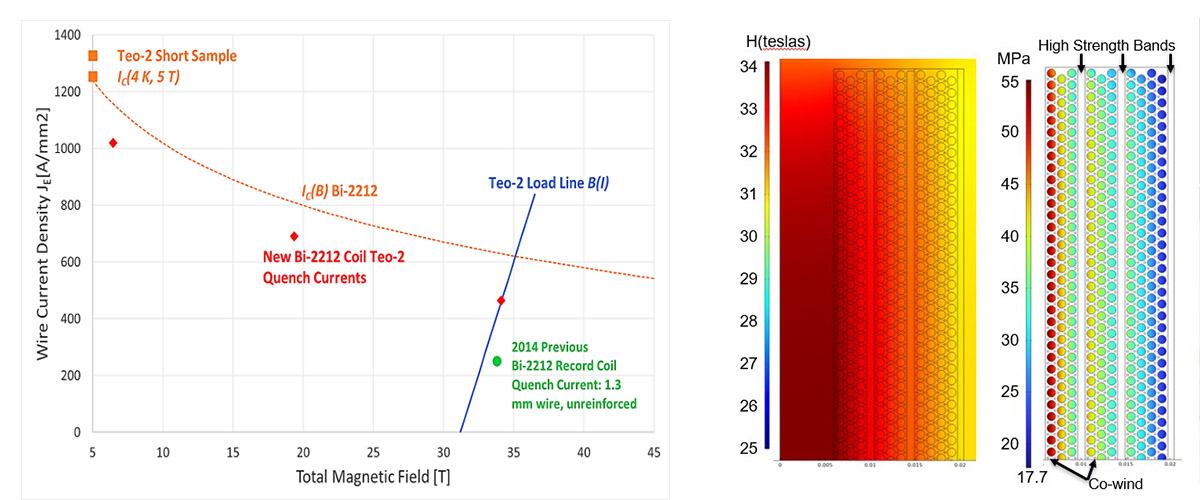
August 11, 2023
High magnetic fields are essential for many exciting scientific and industrial applications including next-generation MRI, particle accelerators, fusi…
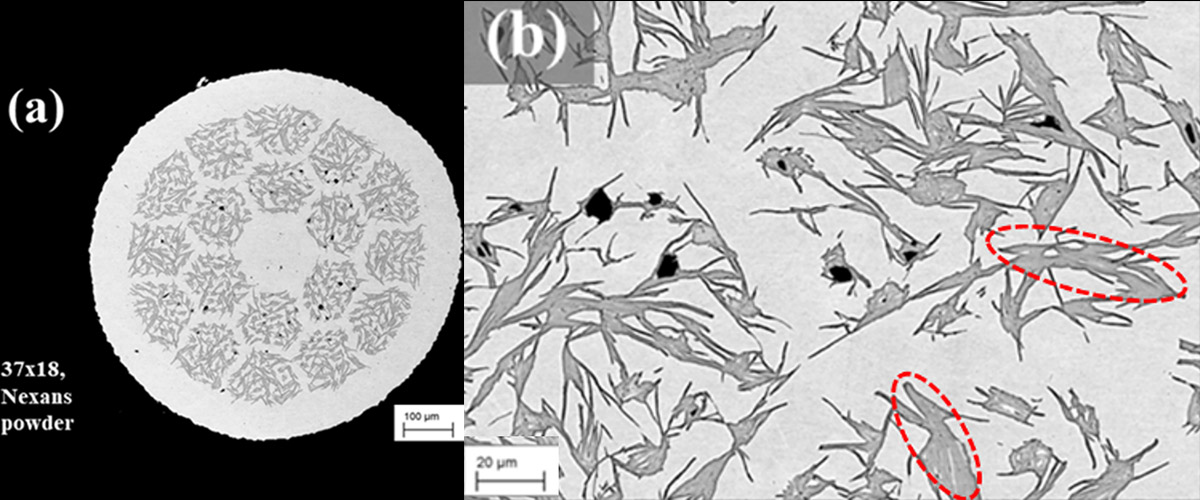
March 13, 2023
New work on round wires made with Bi-2212, a superconducting material, feature efficiency and performance that could enable the next generation of pow…
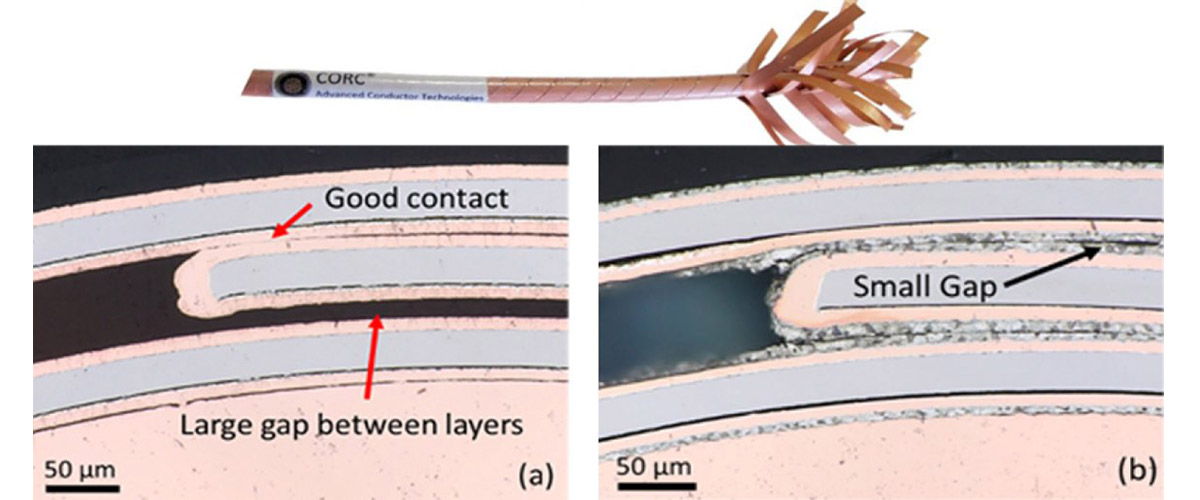
September 12, 2022
Large superconducting magnets need multi-conductor cables, which act like multi-lane freeways to allow electricity to switch lanes if one gets blocked…
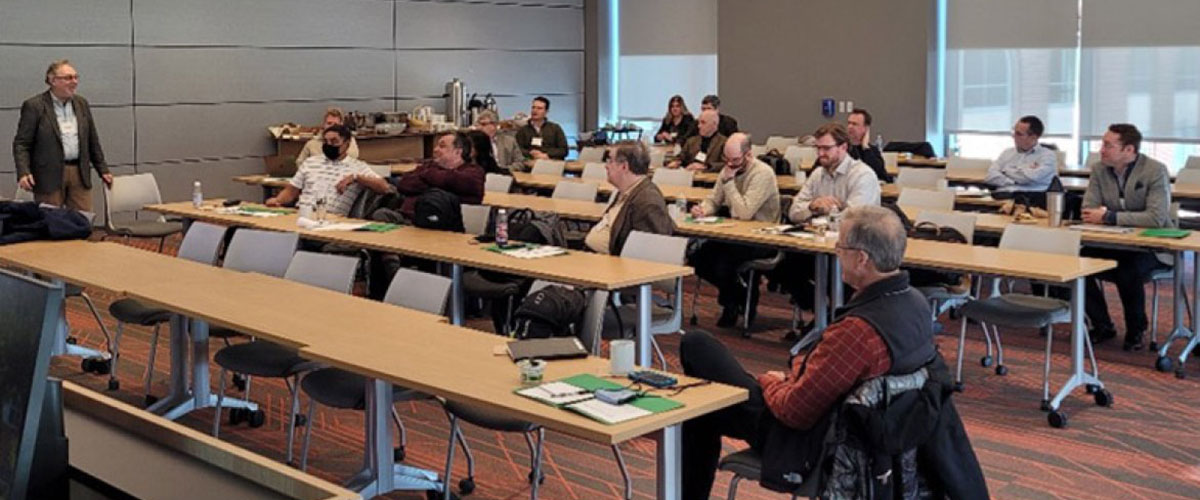
April 19, 2022
The start of a sustainable business model for manufacturing advanced superconductors was established by a panel of industry leaders, university facult…
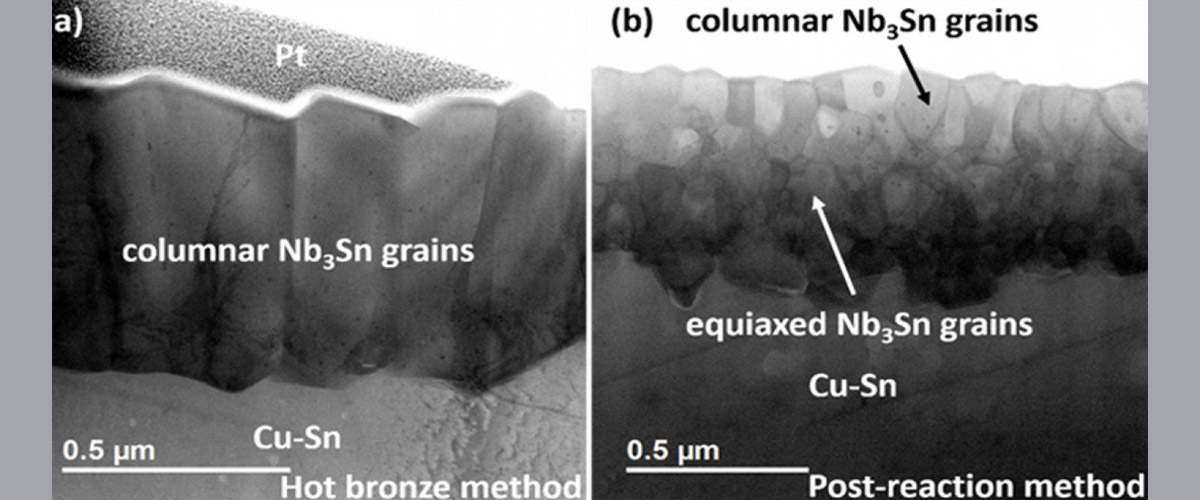
November 22, 2021
A new "hot bronze" thin film growth recipe was developed to produce high quality superconducting Niobium-Tin (Nb3Sn) films that are easier to fabricat…
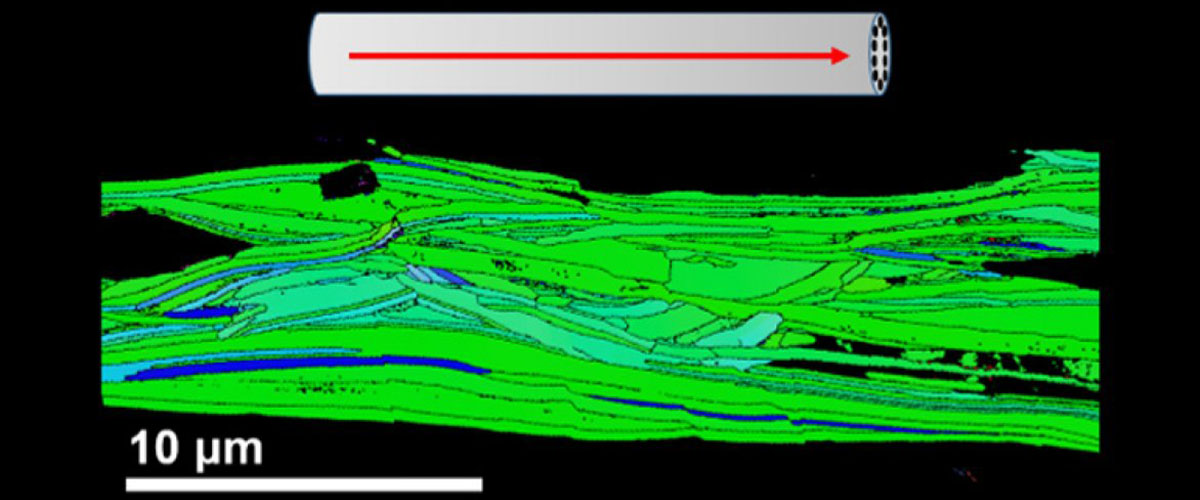
October 25, 2021
Researchers studied the mechanics of supercurrent flow in state-of-the-art Bi-2212 superconducting round wires and learned that the microstructure of …
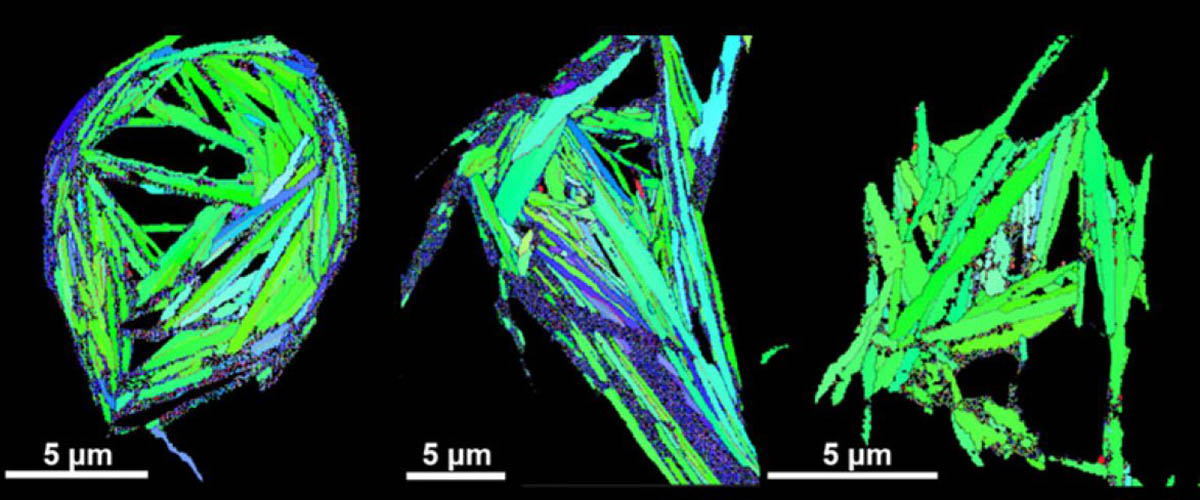
September 22, 2021
Researchers working to push the high temperature superconducting material (Bi-2212) to the forefront of superconducting magnet technology have used no…
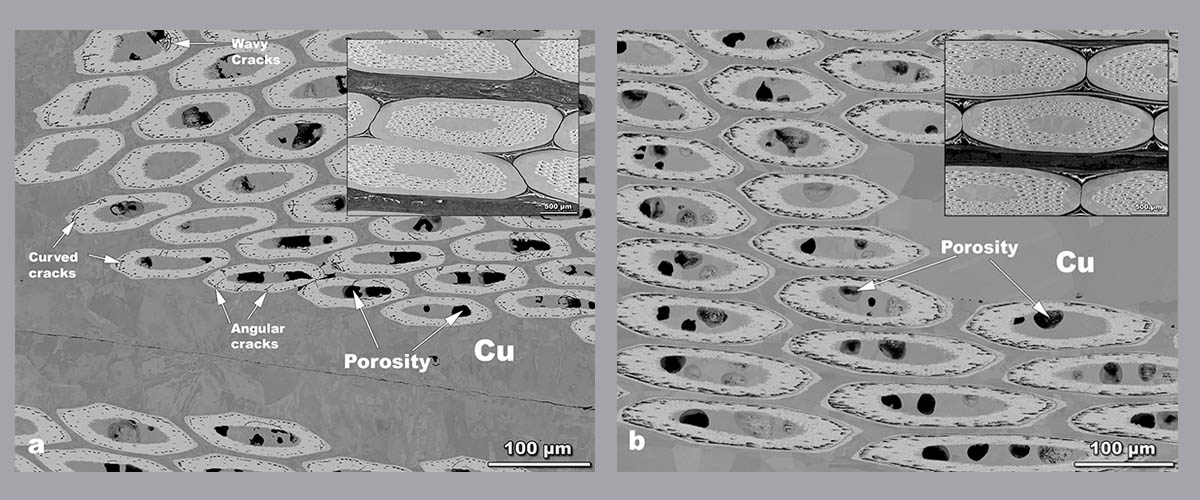
March 26, 2021
High field superconductor magnets greater than 10 T made from brittle Nb3Sn superconducting wires need special attention to their assembly, strength a…
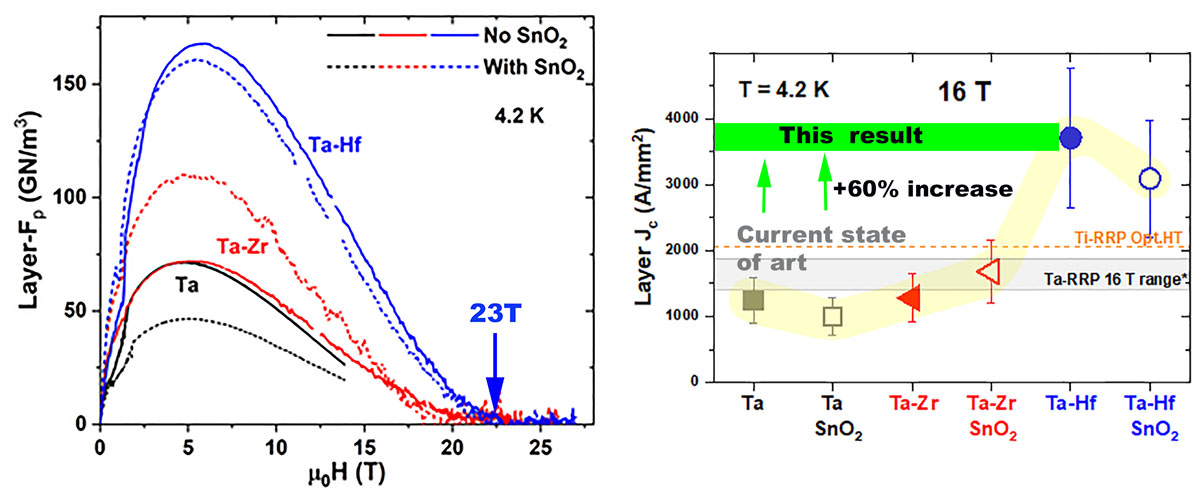
September 20, 2019
Small additions of elemental Hafnium boosts current-carrying capability in Nb3Sn superconductor.
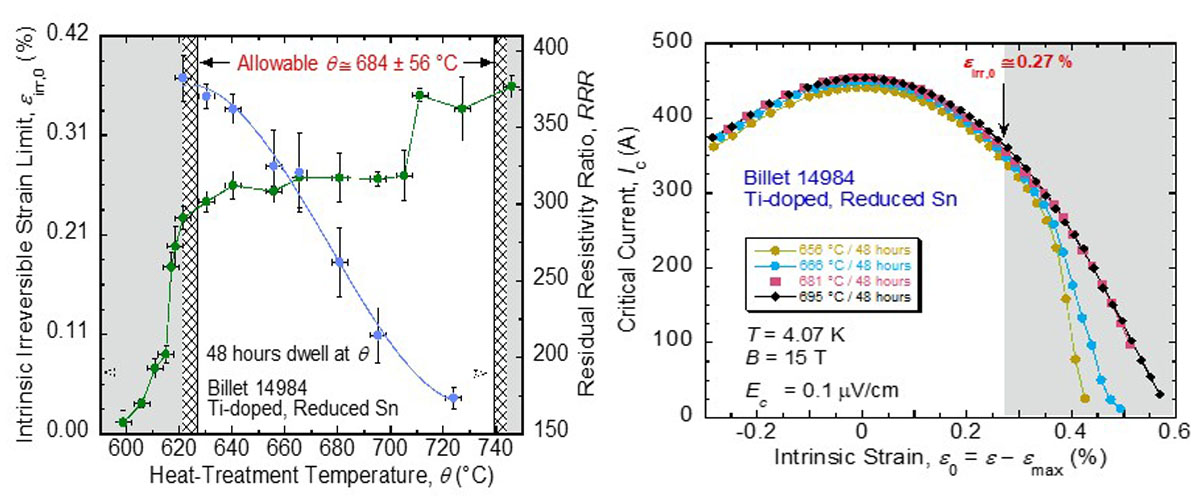
April 10, 2019
To increase the rate of particle collisions in the Large Hadron Collider (LHC) at CERN, new powerful magnets will soon be made from Nb3Sn superconduct…
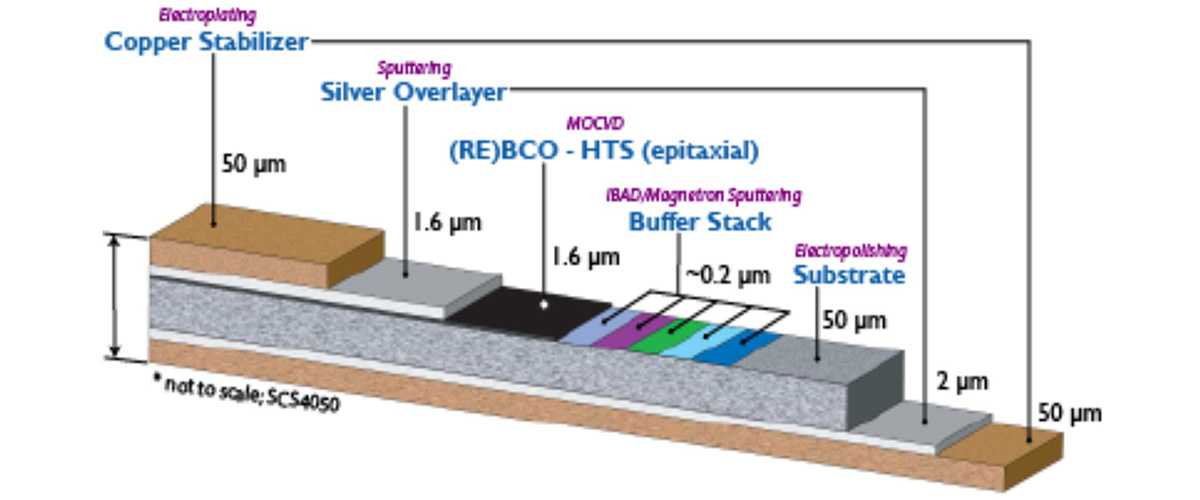
June 27, 2018
Recent measurements of superconducting tapes in the MagLab's 45-tesla hybrid magnet shows that the power function dependence of current on magnetic fi…
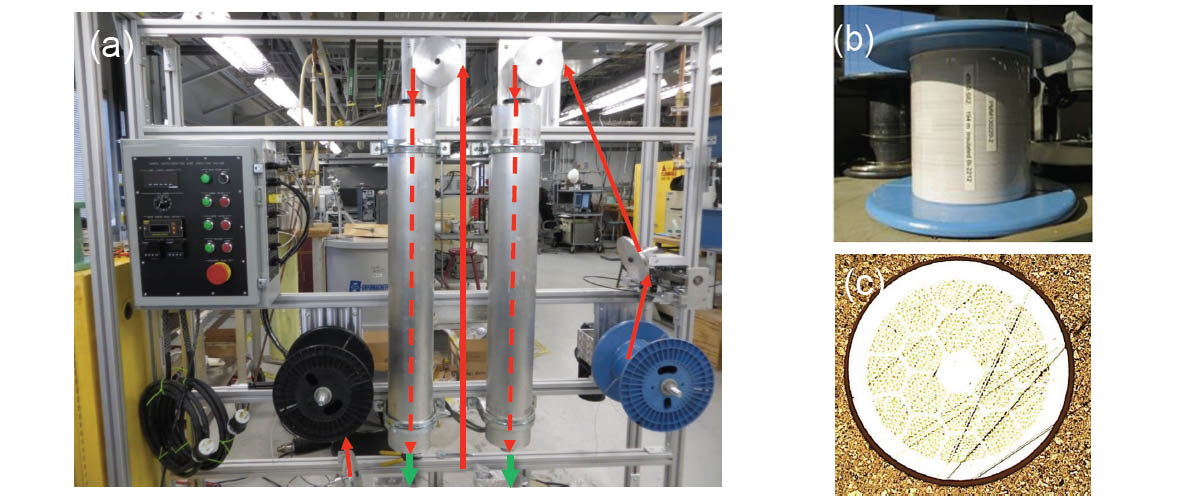
March 19, 2018
MagLab scientists and engineers have developed a special coating on Bi-2212 superconducting wire for electrical insulation in superconducting magnets …